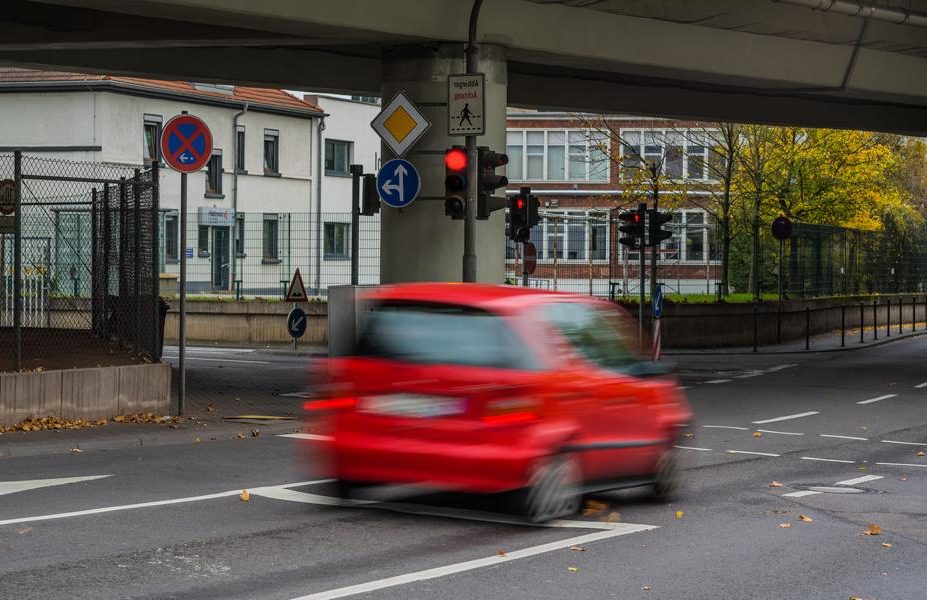Speed cameras are unpopular, but they are part of road traffic. But now a new generation onto the German streets – and it works completely different than before. Artificial Intelligence (AI) takes control!
It detects traffic violations, without any visible flash. That means: Drivers could be punished without even realizing it.
How do the new AI speed cameras work?
The new radar traps work with high-resolution camerasthat at Bridges, traffic lights or inconspicuous places They no longer just monitor the Speed, but also detect violations such as:
- Mobile phone use while driving
- Unbuckled drivers and passengers
- Red light violations
- Safety distance too small
As soon as the software detects a possible rule violation, an automatic photo taken and to the Police gesendetThere, officials review the recordings before the Notice of fine is sent.
Where will the new speed cameras be used?
Der erste Test run in Germany finds in Rheinland-Pfalz The local police are already using the so-called Monocam system, which is specifically designed for the detection of Mobile phone use developed.
In the Netherlands Similar systems have been in use for some time now – and the Success rate is high. It is currently unclear when and if other federal states will follow suit. However, experts assume that the new speed cameras could be introduced nationwide in the long term.
What penalties are there for violations?
Who with the Caught using cell phone while driving must be 100 EUR fine and 1 point in Flensburg calculate. at Wiederholungstätern it can even driving ban Other violations, such as Ignoring a red light or Driving without a seatbelt, can also High penalties entail.
What can drivers do?
Since the new speed cameras no longer point out classic speed traps, only one thing helps: follow the rules. Especially that Ban on cell phones while driving should be taken seriously – not only because of the penalties, but above all because of the risk of accidents.
It remains to be seen how quickly the system is spreading in GermanyBut one thing is clear: The future of traffic monitoring is digital, smart and almost invisible.





